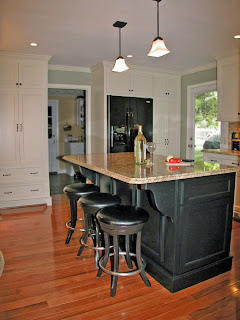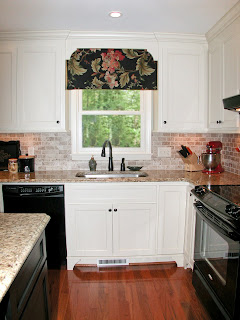 The original house had about 2,447 sq. ft. of heated area that contained three bedrooms and two baths. One of the bedrooms was used as a home office for Mrs. White and needed to stay that way. They needed two more bedrooms, a dining room, a playroom, powder room, laundry room and new garage.
The original house had about 2,447 sq. ft. of heated area that contained three bedrooms and two baths. One of the bedrooms was used as a home office for Mrs. White and needed to stay that way. They needed two more bedrooms, a dining room, a playroom, powder room, laundry room and new garage. The new home was expanded to 3,937 sq. ft. and has given the family all the room they need to live and grow. All of the important elements of the existing house were preserved and the addition looks like it was meant to be there. Guests to the house cannot believe that the expansion is even an addition, commenting that they would have never known if they hadn’t been told.














